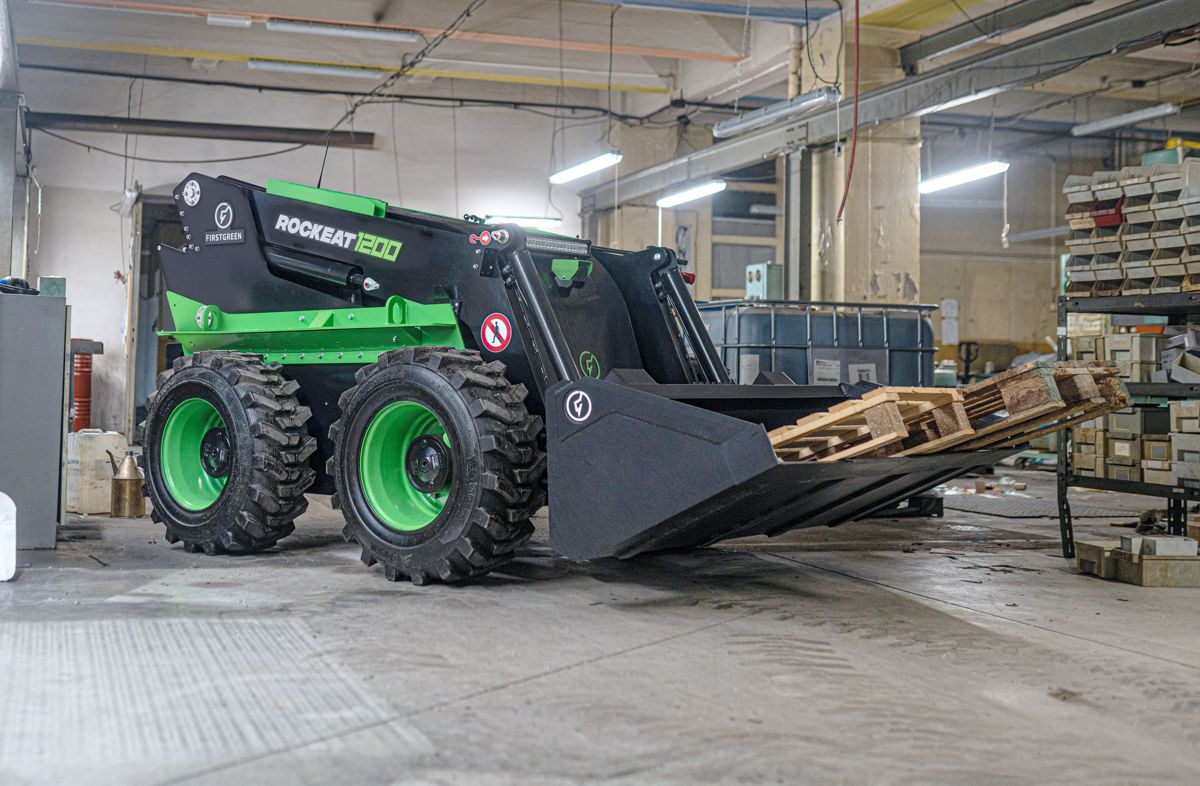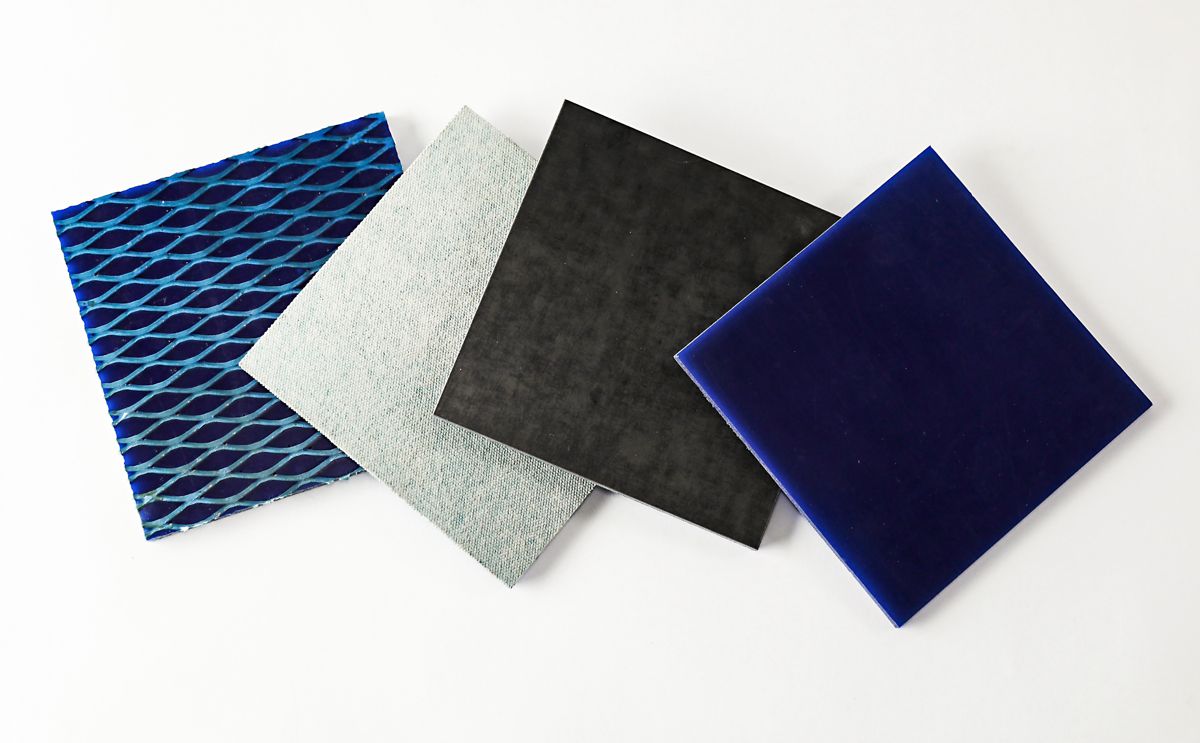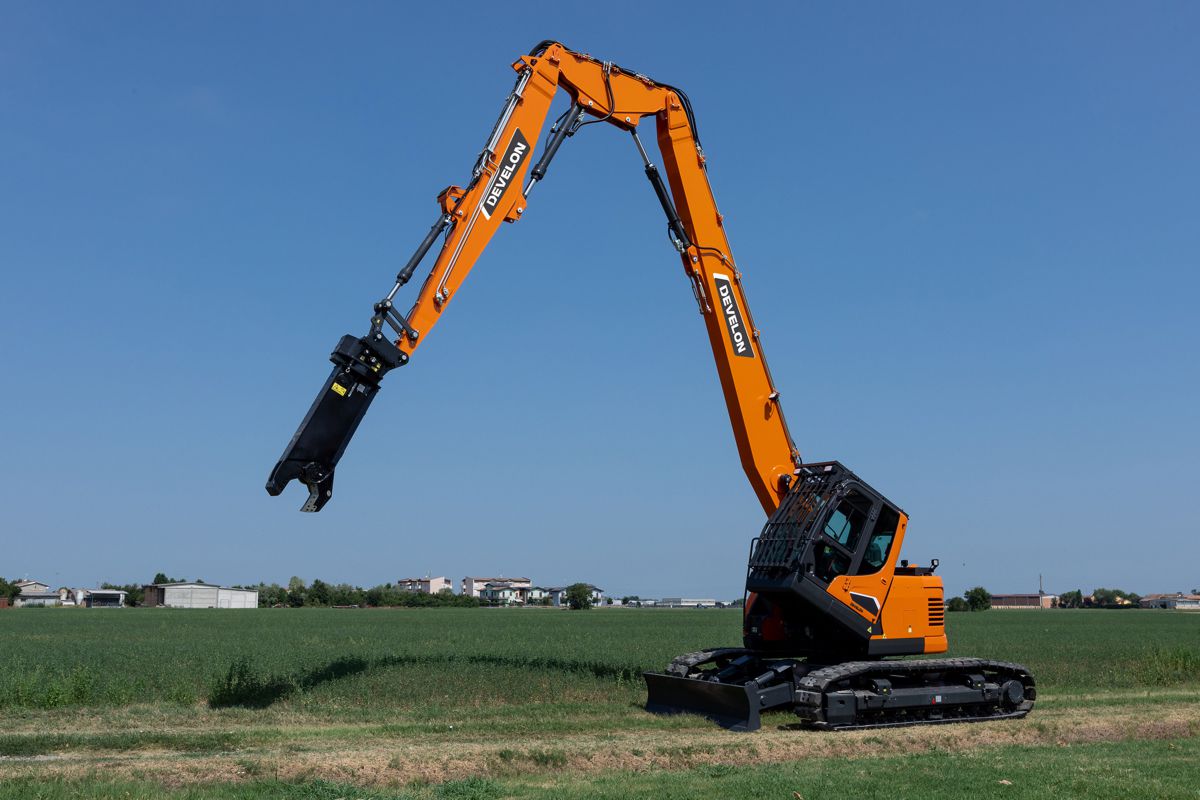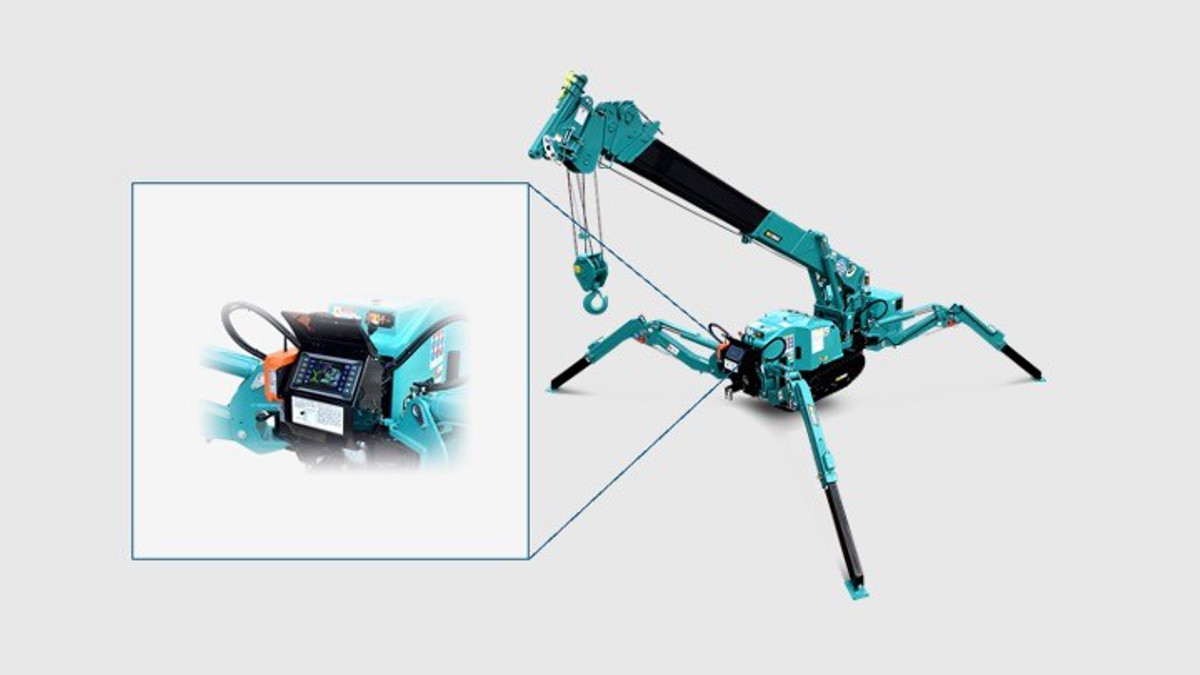The Benefits of Cold Milling / Planing
The video by Benjamin Beytekin, shows Wirtgen W 250 Cold Milling machines at work in Germany on the B 14 – Abfräsen, Waiblingen-Nord.
Pavement Milling
Also called cold planning or asphalt milling and profiling, involves removing part of the existing paved asphalt surface with sufficient thickness to create a smooth pavement or full-depth removal of the road surface and courses underneath.
Recycling
The greatest benefit from milling a road! This is widely used for pavement rehabilitation throughout the world. The milled pavement is removed from site, put through a crusher, and recycled as the aggregate for the new pavement.
Reclaimed Asphalt Pavement (RAP)
Has substantial financial benefits saving not only on the costs associated with quarrying and transporting new aggregates, but also in time as pavement milling is a fast process that leaves a level base behind.
Milling can be used for:
- Removing distresses from the surface to leave a level and smooth surface
- Removing aggregate that has become separated from the binder course (Ravelling)
- Removing sections where the bitumen has come to the surface of the road (Bleeding)
- Removing low spots or wheel tracking in the road (Rutting)
- Removing washboard like effects formed along the road width (Shoving)
- Removing uneven road surface defects such as swells, bumps, or depressions
- Removing damage caused by vehicle accidents, fires or chemical spills
- Removing existing material to allow road structures for proper installation These include kerbs, reveals, manholes and guardrail / barriers
- Removing existing material under structures such as bridges where height must be maintained.
- Grading the roadway to create the required camber or gradient to maintain proper drainage of the roadway
- Forming speed tables and rumble strips used to slow traffic
Definitions
The Asphalt Recycling and Reclaiming Association (ARRA) created standard definitions for cold milling that the US Federal Highway Administration has recognised. These are:
- Class I Milling to remove surface irregularities
- Class II Milling to uniform depth as shown on plans and specifications
- Class III Same as class II with the addition of cross slope
- Class IV Milling to the base or subgrade (full depth)
- Class V Milling to different depths at different locations
Asphalt Milling Machines
Large milling machines or cold planers have a large rotating cutting drum used to grind into and remove the existing asphalt pavement.
The cutting drum has removable carbide teeth that spiral in from the edges to push the loosened material to the centre and taken away by a conveyor belt into a waiting truck. The teeth are replaced as they wear out which can be hours or days depending on the abrasiveness of the aggregate in the existing pavement. Road furniture such as iron manholes will damage the teeth.
Skip hire in Solihull can assist by keeping the rubble and additional materials clear while repairs are being done to the teeth. Site clearing services and manual labour might be a requirement, but the cleared area will save time when work resumes with the machinery.
The spacing of the teeth around the drum determines the finish of the milled surface with micro-milling drums giving the best finish with much tighter spacing.
Modern milling equipment uses state of the art computers and sensors such as lasers to control depth, slope, and the profile of the milled surface to an accuracy of +/- 5 mm or less.

















